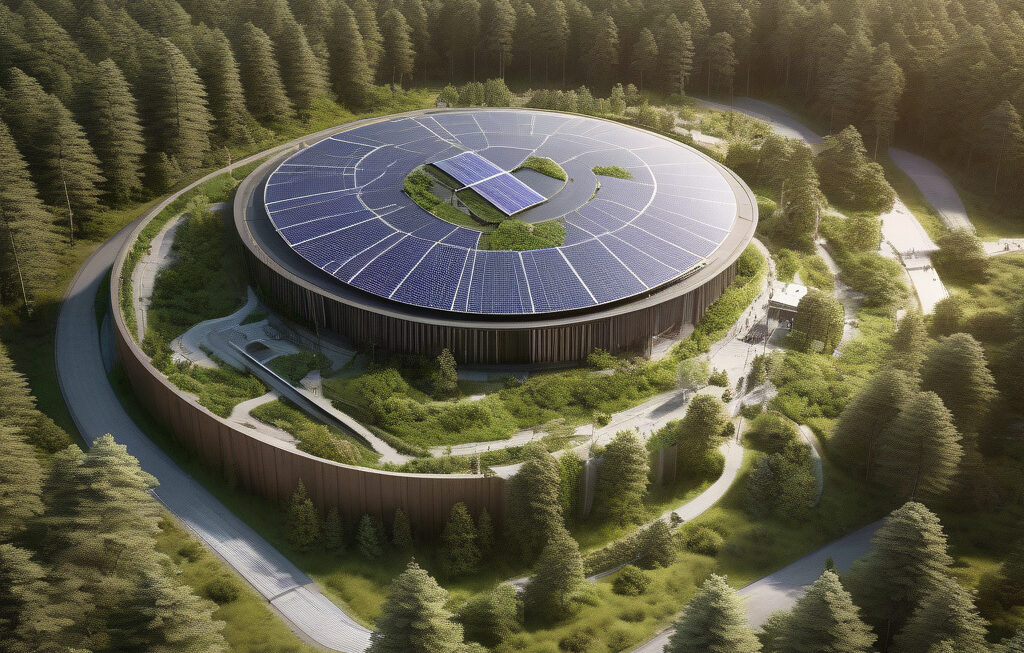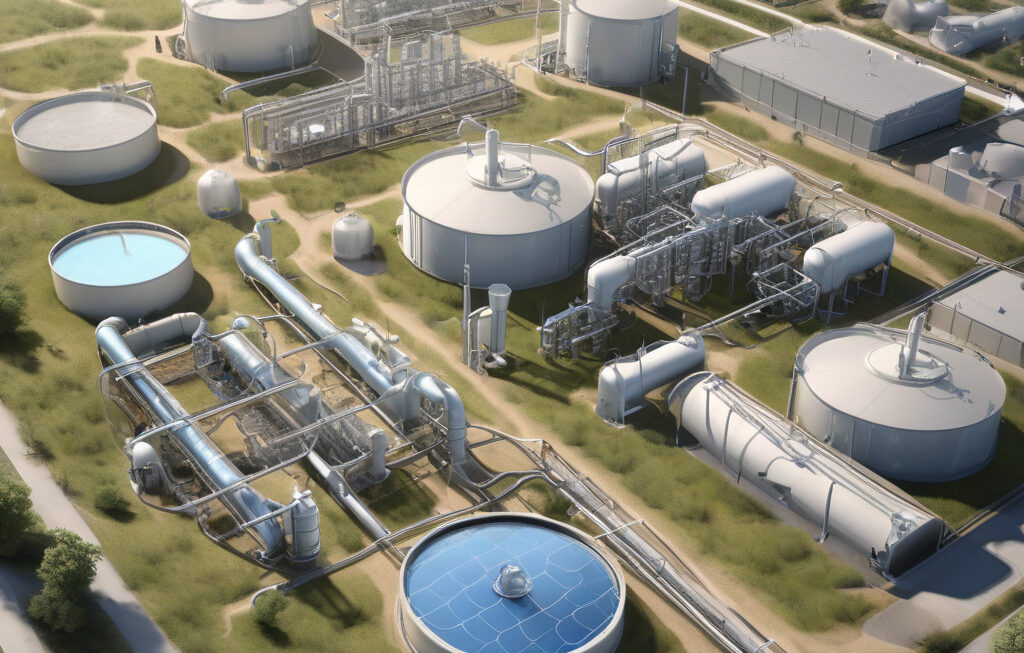EU Launches Ambitious Strategy to Build Water Resilience and Combat PFAS
The European Union (EU) has recently unveiled a bold Water Resilience Strategy aimed at restoring the water cycle, securing clean water sources, and building a climate-resilient and competitive economy. This ambitious initiative marks a significant step towards addressing pressing environmental challenges and combatting the harmful effects of per- and polyfluoroalkyl substances (PFAS) in water systems.
The EU’s Water Resilience Strategy is a comprehensive plan that focuses on enhancing the resilience of water resources, promoting sustainable water management practices, and reducing the impact of pollutants on aquatic ecosystems. By prioritizing the restoration of the water cycle and the protection of clean water sources, the EU aims to safeguard the environment, public health, and economic prosperity for current and future generations.
One of the key objectives of the EU’s strategy is to combat PFAS, a group of human-made chemicals widely used in industrial and consumer products due to their water- and grease-resistant properties. However, the widespread presence of PFAS in water sources has raised concerns about their potential health risks, environmental impact, and persistence in the environment.
To address this issue, the EU is implementing targeted measures to monitor, assess, and mitigate the presence of PFAS in water systems. By leveraging scientific research, technological innovation, and regulatory frameworks, the EU aims to reduce the use of PFAS, prevent their release into the environment, and remediate contaminated sites to ensure water quality and safety.
Furthermore, the EU’s Water Resilience Strategy emphasizes the importance of collaboration between policymakers, industry stakeholders, scientific experts, and civil society to achieve its ambitious goals. By fostering partnerships, sharing best practices, and mobilizing resources, the EU seeks to drive positive change, promote innovation, and create a sustainable water sector that benefits both the economy and the environment.
In addition to combating PFAS, the EU’s strategy encompasses a range of initiatives to address water scarcity, droughts, floods, pollution, and other water-related challenges. By adopting a holistic approach to water management, the EU aims to enhance water resilience, promote resource efficiency, and support the transition to a circular economy that minimizes waste and maximizes the value of water resources.
Overall, the EU’s Water Resilience Strategy represents a bold and forward-thinking vision for building a sustainable and resilient water sector that can withstand the challenges of the 21st century. By investing in innovation, science-based solutions, and stakeholder engagement, the EU is paving the way for a more secure, prosperous, and environmentally friendly future for all.
The launch of this ambitious strategy underscores the EU’s commitment to leadership in environmental sustainability, climate action, and resource management. As the world grapples with the urgent need to address water-related risks and build resilience in the face of global challenges, the EU’s proactive approach sets a positive example for other regions and countries to follow.
In conclusion, the EU’s Water Resilience Strategy is a testament to the power of strategic vision, collaborative action, and sustainable development in shaping a better future for our planet and its inhabitants. By prioritizing water resilience, combating PFAS, and promoting innovation, the EU is charting a path towards a more secure, prosperous, and sustainable water future for all.
EU, Water Resilience, PFAS, Sustainability, Innovation












